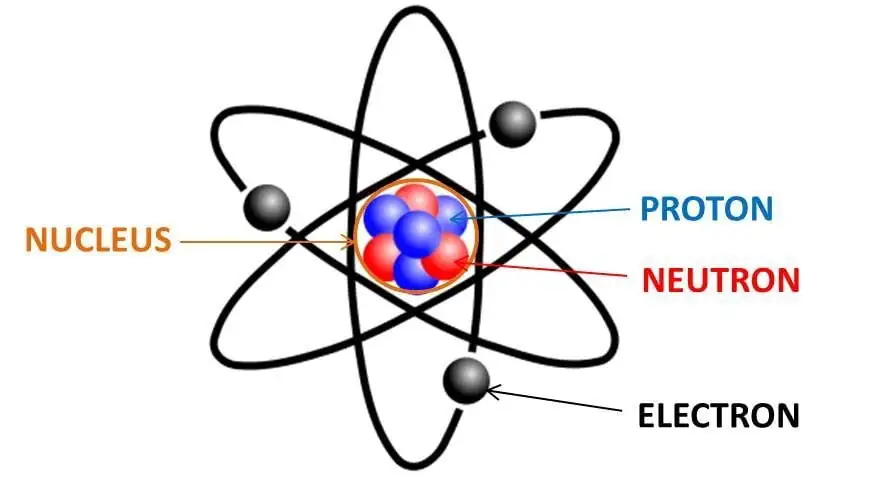In a groundbreaking development, MIT researchers have made a significant discovery in the field of renewable energy technologies. According to an article from MIT News, the team has delved into the intricate details of a chemical reaction central to various energy technologies like fuel cells and electrolyzers. This study could pave the way for more efficient and effective clean energy solutions.

✅ AI Essay Writer ✅ AI Detector ✅ Plagchecker ✅ Paraphraser
✅ Summarizer ✅ Citation Generator
At the core of many renewable energy devices is a process known as proton-coupled electron transfer. Simply put, this reaction involves the movement of tiny particles called protons and electrons. These particles move between an electrode’s surface (a conductor in a battery or cell) and an electrolyte (a liquid or gel containing ions). This movement is what generates an electric current, the flow of electricity, which is crucial for the operation of devices like fuel cells and machines that produce hydrogen gas.

A Detailed Map of the Process
For the first time, chemists at MIT have mapped this process in great detail. Their findings are focused on how these protons and electrons interact at the surface of an electrode. Understanding this interaction is vital for improving the efficiency of various energy technologies, such as fuel cells and batteries.
“Our advance in this paper was studying and understanding the nature of how these electrons and protons couple at a surface site, which is relevant for catalytic reactions that are important in the context of energy conversion devices or catalytic reactions.”
Professor Yogesh Surendranath, a senior author of the study.
One of the key findings from the MIT team is how the pH level (a measure of how acidic or basic a solution is) affects the speed of this reaction. They discovered that changes in the pH level of the electrolyte solution surrounding an electrode can significantly influence the rate at which protons and electrons move within the electrode.
New Insights and Surprises
Interestingly, the researchers found that the reaction rates are highest at the extreme ends of the pH scale – very acidic (pH 0) and very basic (pH 14) conditions. However, the rate at pH 0 (the most acidic) is about four times faster than at pH 14 (the most basic). This finding was a surprise to the researchers, as it challenges existing models that assumed the forward and backward reactions contributed equally to the overall rate.
“Our finding is really eye-opening because it means that the assumption that people are using to analyze everything from fuel cell catalysis to hydrogen evolution may be something we need to revisit”.
Surendranath adds
Future Research and Applications
The MIT team is now exploring how different types of ions added to the electrolyte solution can impact the rate of this crucial reaction. This ongoing research holds promise for enhancing the efficiency of renewable energy technologies. Noah Lewis, the lead author of the paper, highlights the potential of their findings:
“With our system, we know that our sites are constant and not affecting each other, so we can read out what the change in the solution is doing to the reaction at the surface.”
The implications of this study are significant, offering a new perspective on a reaction fundamental to many clean energy technologies. This research was funded by the U.S. Department of Energy Office of Basic Energy Sciences, underlining its importance in the pursuit of advanced renewable energy solutions.
Related Chemistry Essay Topics and Case Studies
Now that we’ve learned about MIT’s exciting discovery in renewable energy, let’s see how this science works in the real world. Imagine how this research could change the way we use energy every day! Up next, we’ll look at some really interesting essay topics and case studies. These are all about using MIT’s findings to make things like batteries and fuel cells better. We’ll explore different examples, like how changing the acid level can speed up the energy we get from these devices. It’s all about taking these cool scientific ideas and seeing them in action. So, get ready to dive into some awesome examples that show how this research can make a big difference in our world!
| Essay Topic | Possible Case Studies |
|---|---|
| 1. The Role of Proton-Coupled Electron Transfer in Renewable Energy Technologies | Case Study: Comparison of Fuel Cells and Electrolyzers in terms of Proton-Coupled Electron Transfer Efficiency |
| 2. Advancements in Electrode Design for Energy Conversion Devices | Case Study: Analysis of MIT’s Graphene-based Electrode and its Impact on Energy Efficiency |
| 3. The Impact of pH Levels on Electrochemical Reactions in Energy Devices | Case Study: Experimenting with Extreme pH Conditions in Hydrogen Gas Production |
| 4. Revisiting Traditional Models of Electrode Surface Reactions in Light of New Research | Case Study: How MIT’s Findings Challenge Existing Models in Fuel Cell Catalysis |
| 5. Future Directions in Enhancing the Efficiency of Hydrogen Generators | Case Study: Innovations in Electrolyzers Following MIT’s Electrode Surface Research |
| 6. The Significance of Electrode Surface Homogeneity in Energy Conversion | Case Study: Comparative Analysis of Heterogeneous vs Homogeneous Electrode Surfaces in Batteries |
| 7. Understanding the Kinetics of Proton and Electron Transfer at Electrode Surfaces | Case Study: Real-World Application of MIT’s Findings in Carbon Dioxide Reduction |
| 8. Developing More Efficient Renewable Energy Technologies Through Advanced Chemistry | Case Study: Implementation of MIT’s Research in Commercial Fuel Cells and Batteries |
| 9. The Interplay between Acidic and Basic Conditions in Electrochemical Energy Systems | Case Study: Optimizing pH Conditions for Maximum Efficiency in Renewable Energy Systems |
| 10. Innovations in Renewable Energy Inspired by Fundamental Chemical Research | Case Study: Startups or Companies Implementing MIT’s Electrode Research |
Follow us on Reddit for more insights and updates.





Comments (0)
Welcome to A*Help comments!
We’re all about debate and discussion at A*Help.
We value the diverse opinions of users, so you may find points of view that you don’t agree with. And that’s cool. However, there are certain things we’re not OK with: attempts to manipulate our data in any way, for example, or the posting of discriminative, offensive, hateful, or disparaging material.